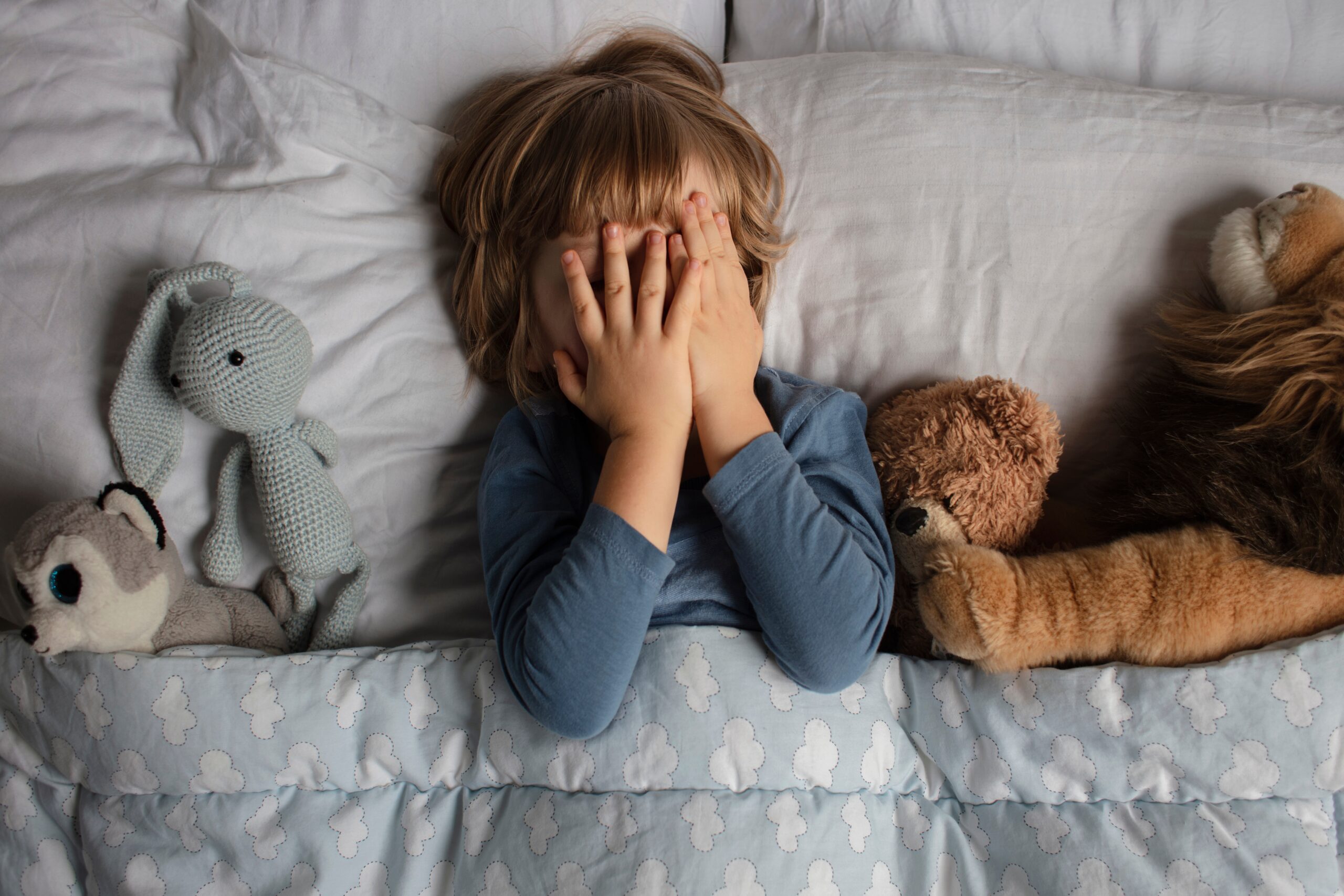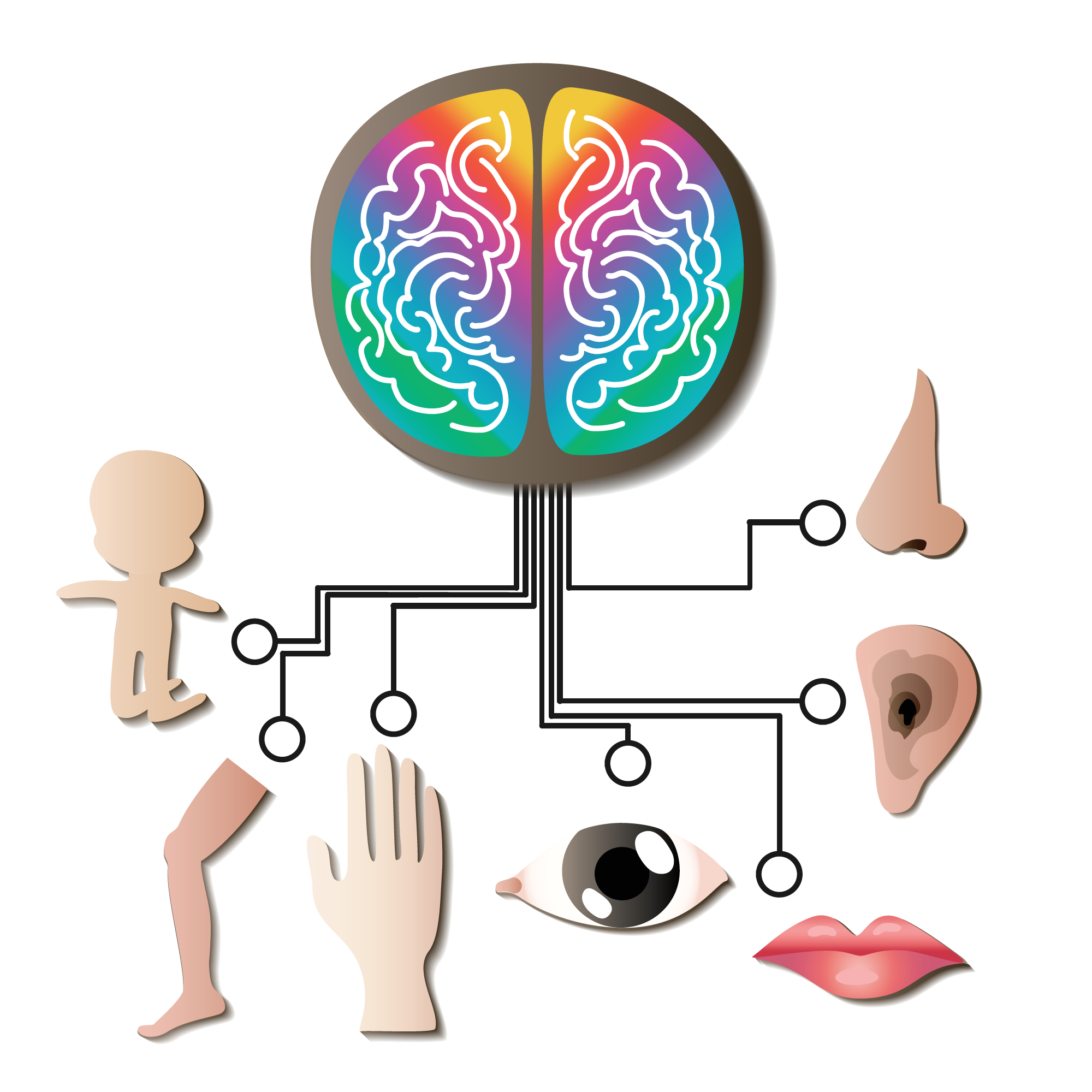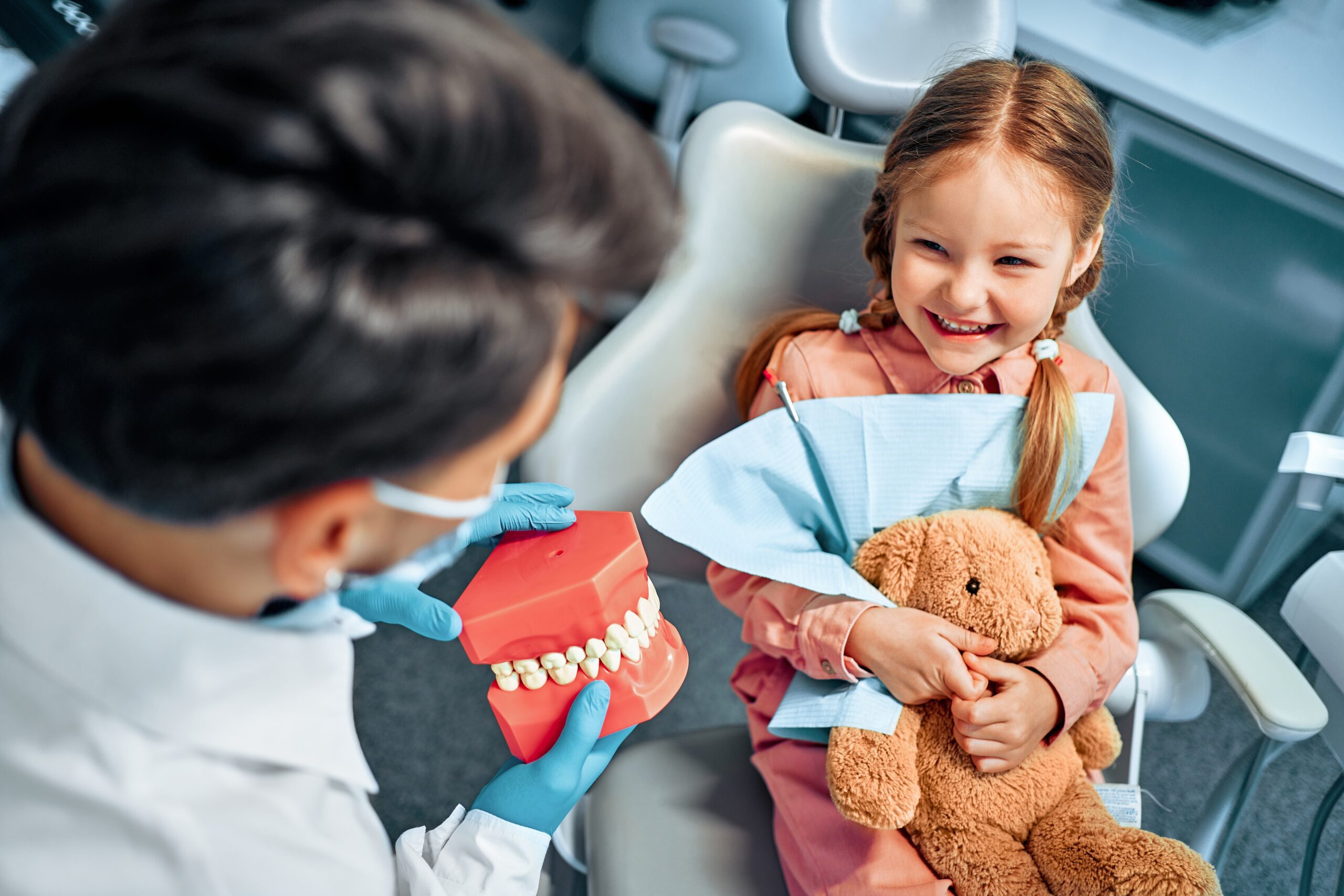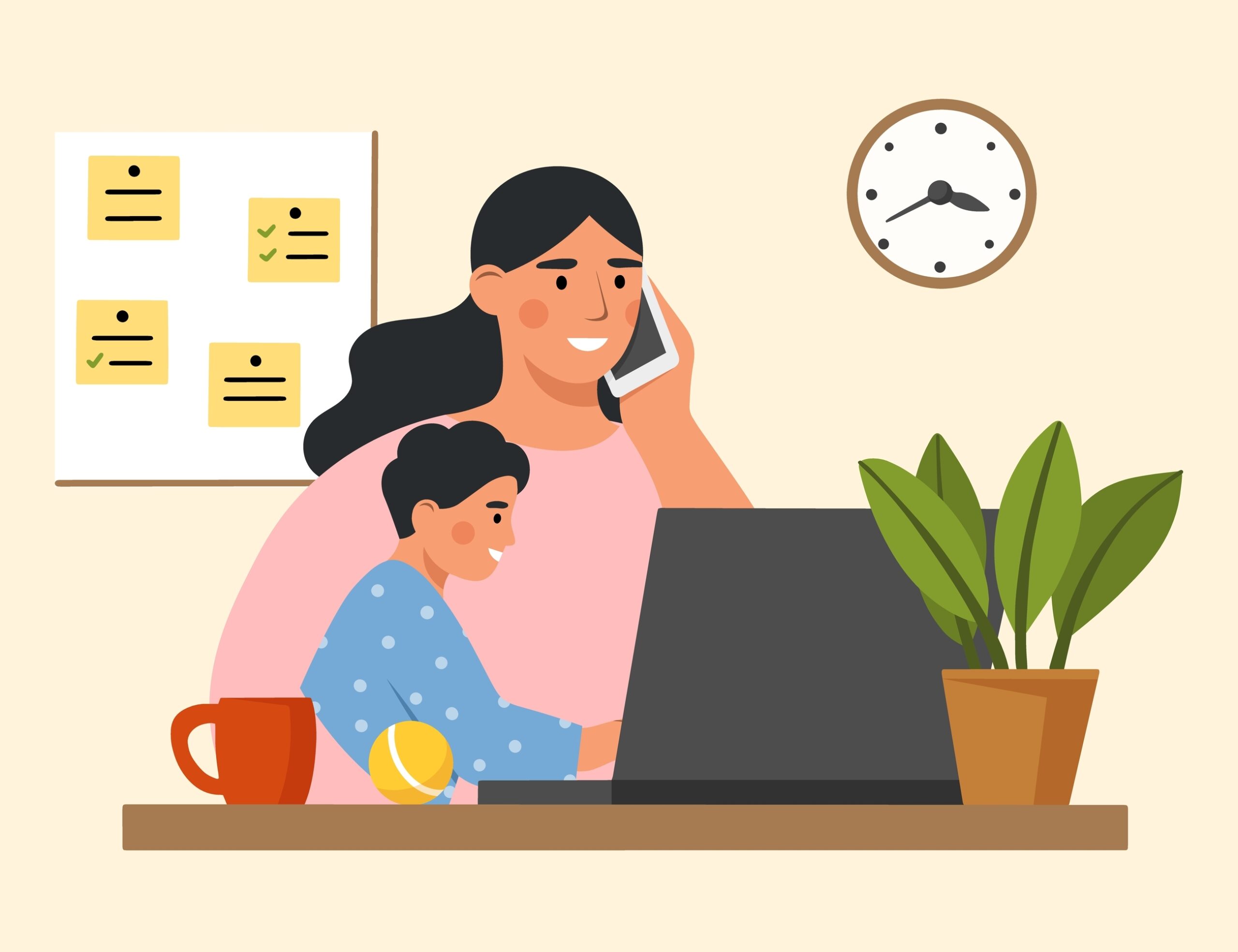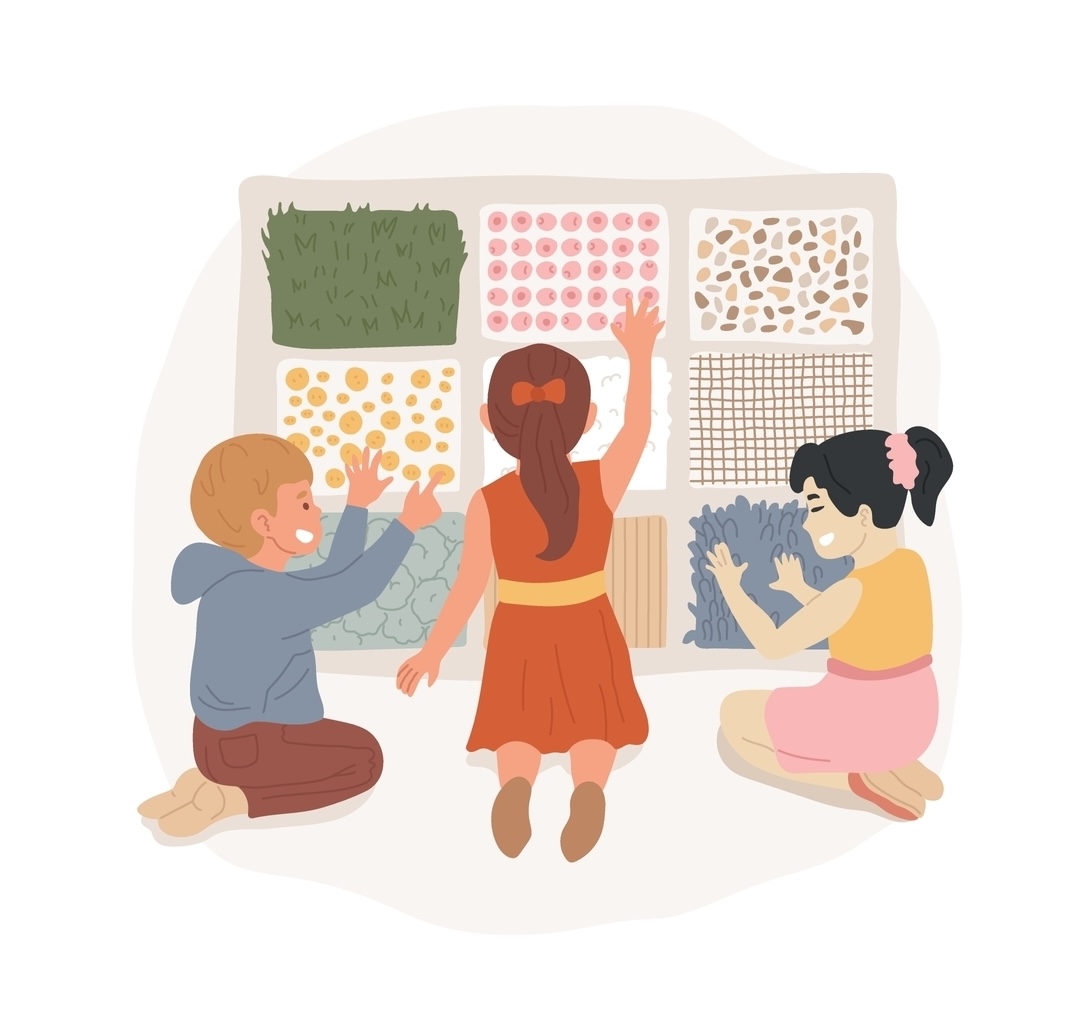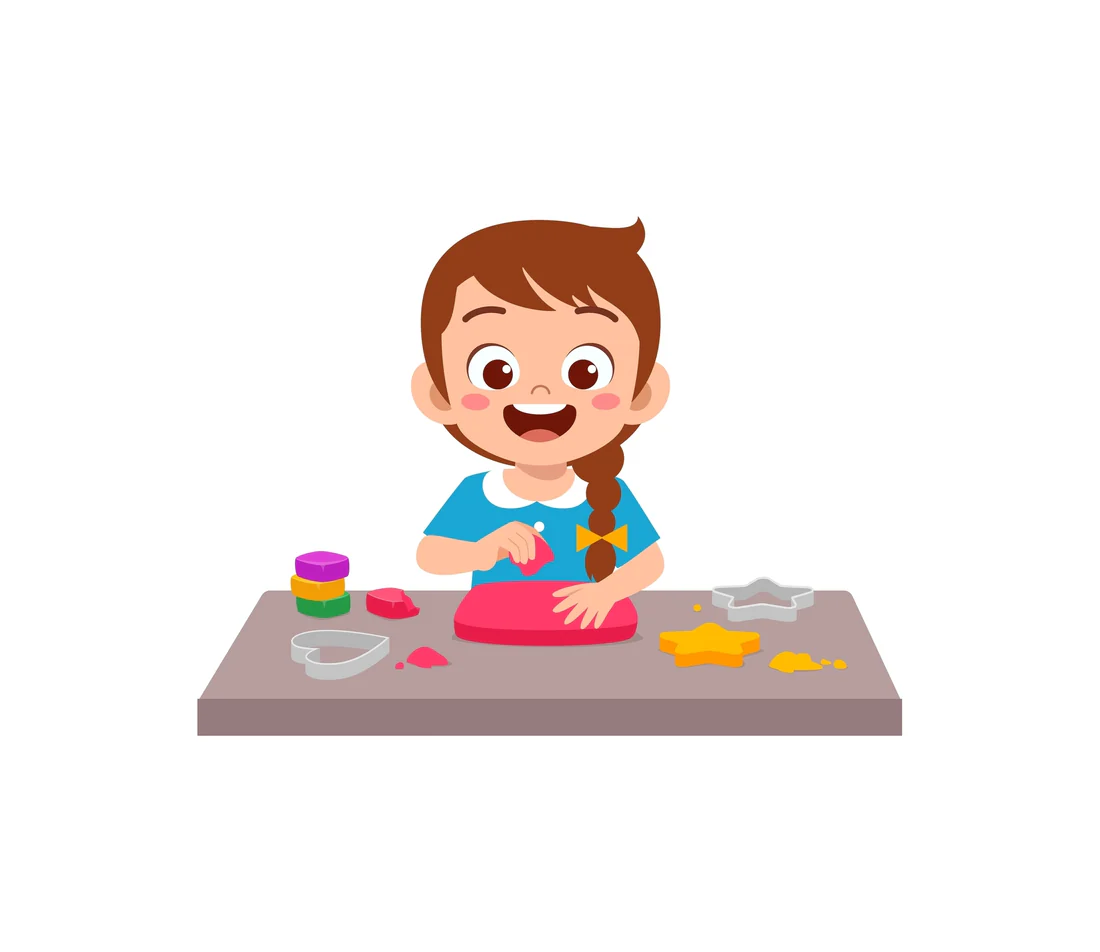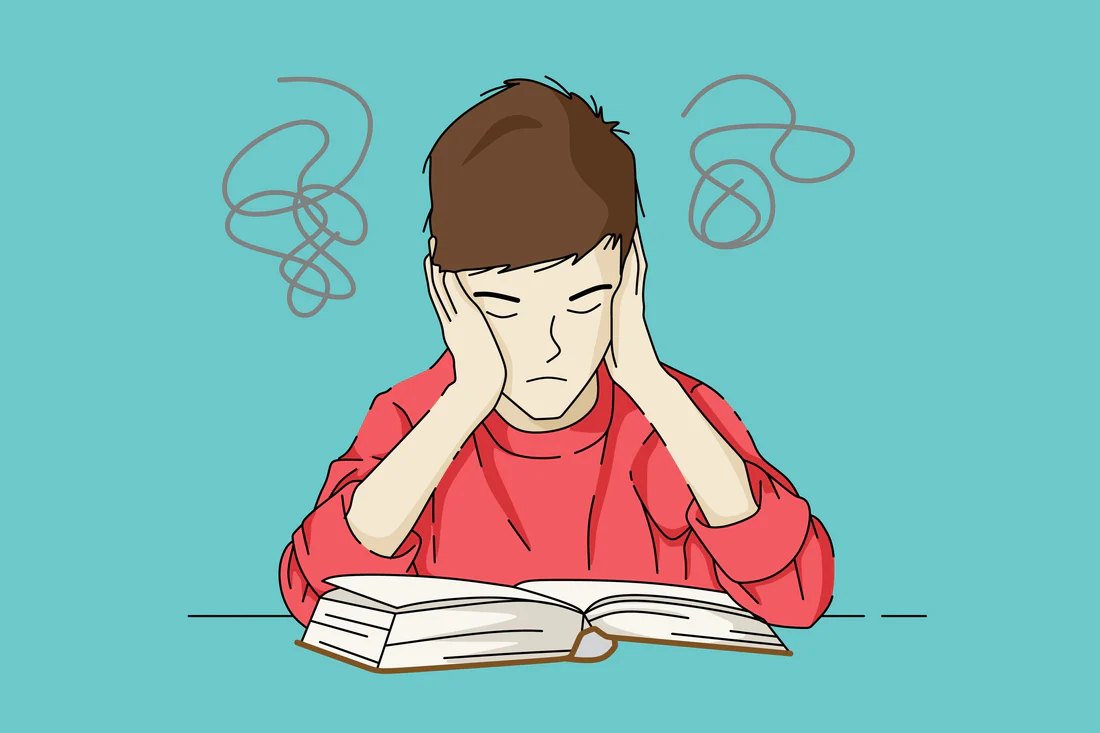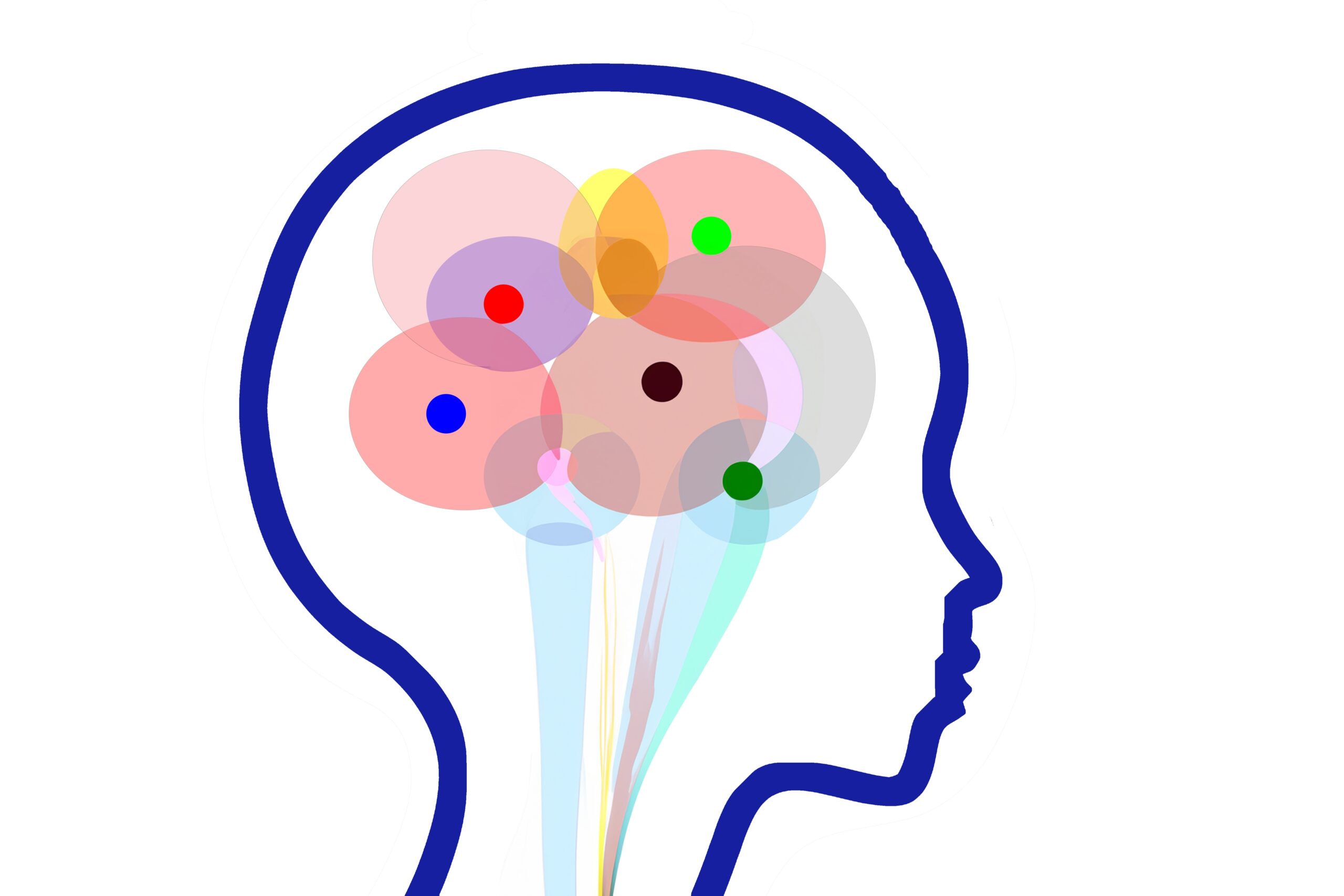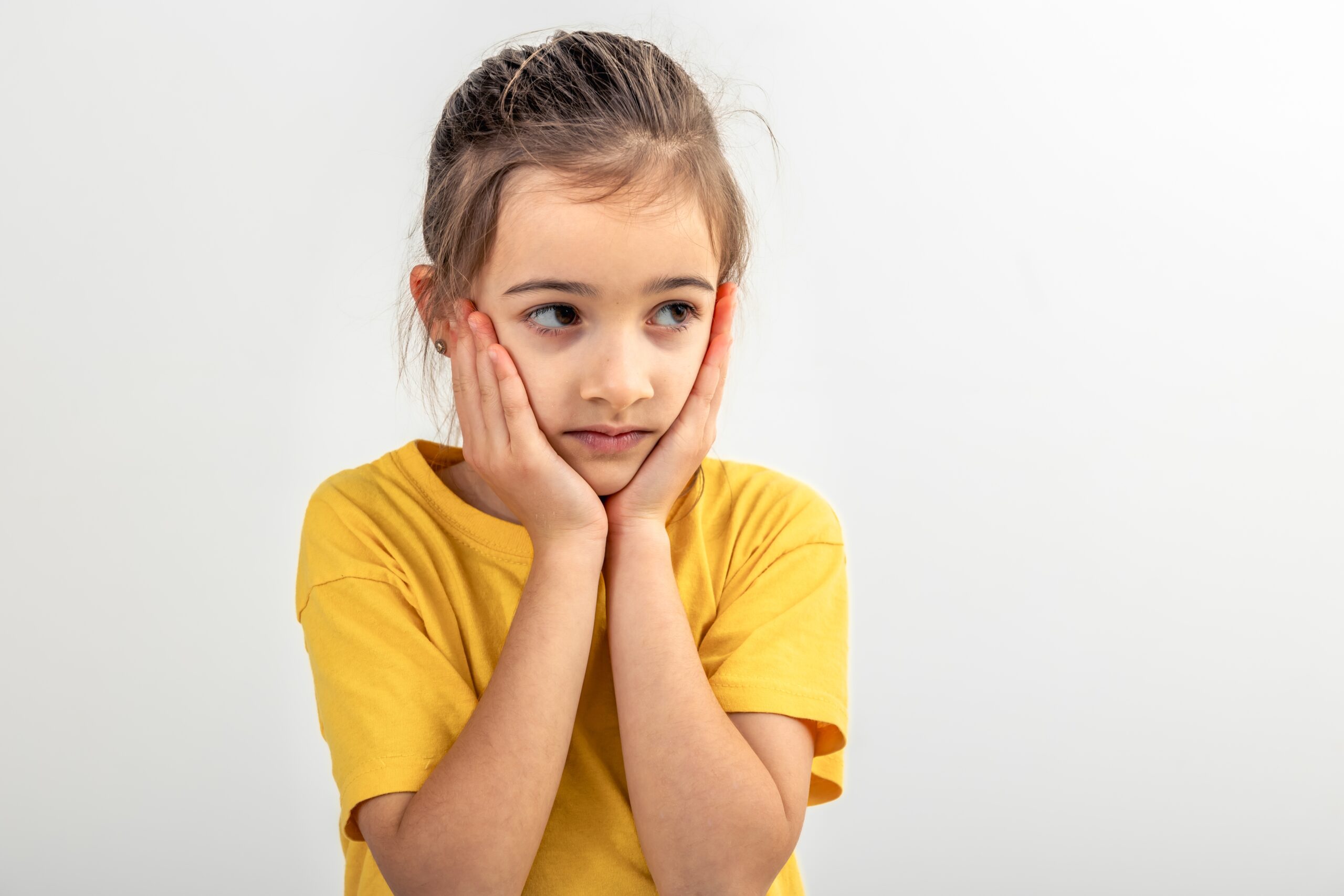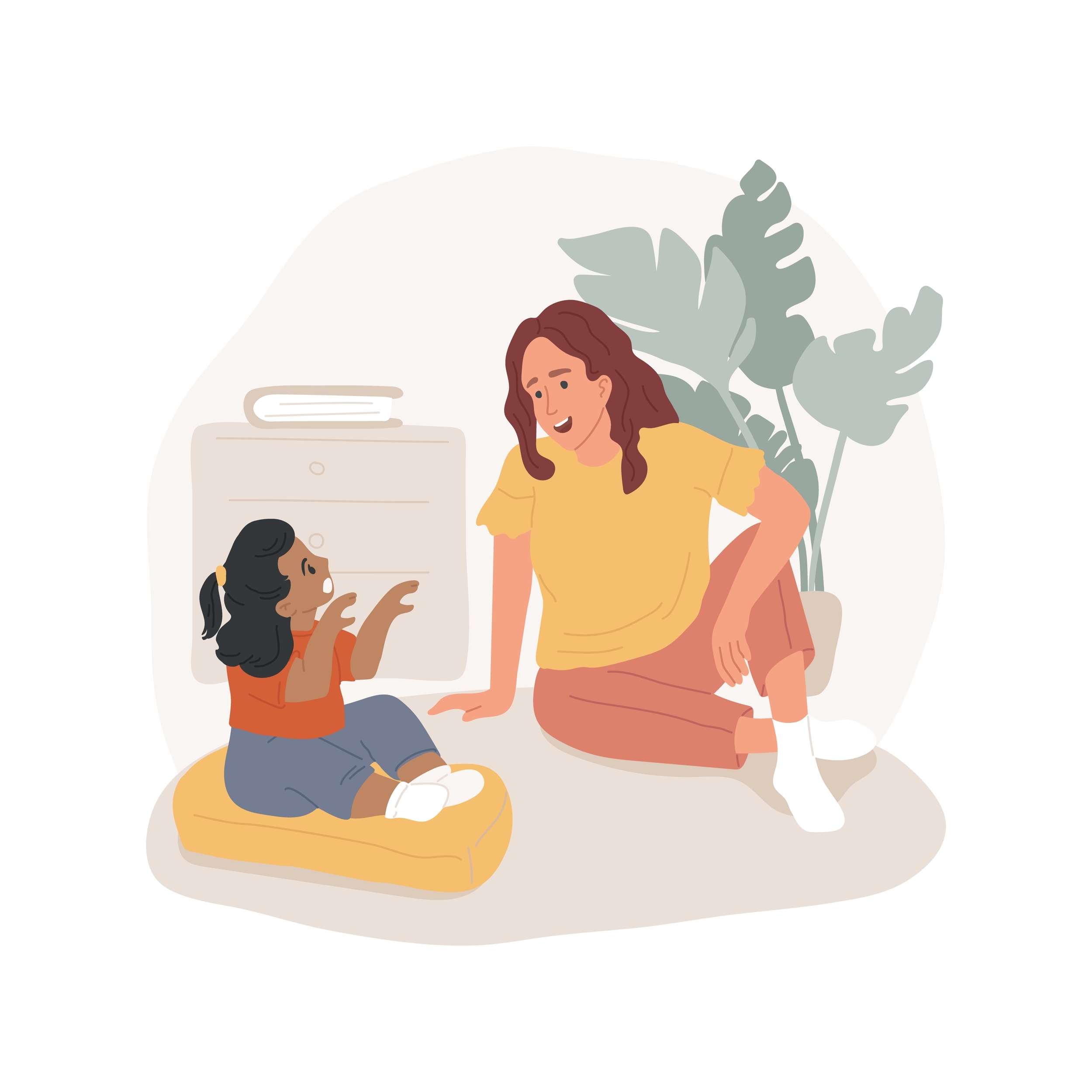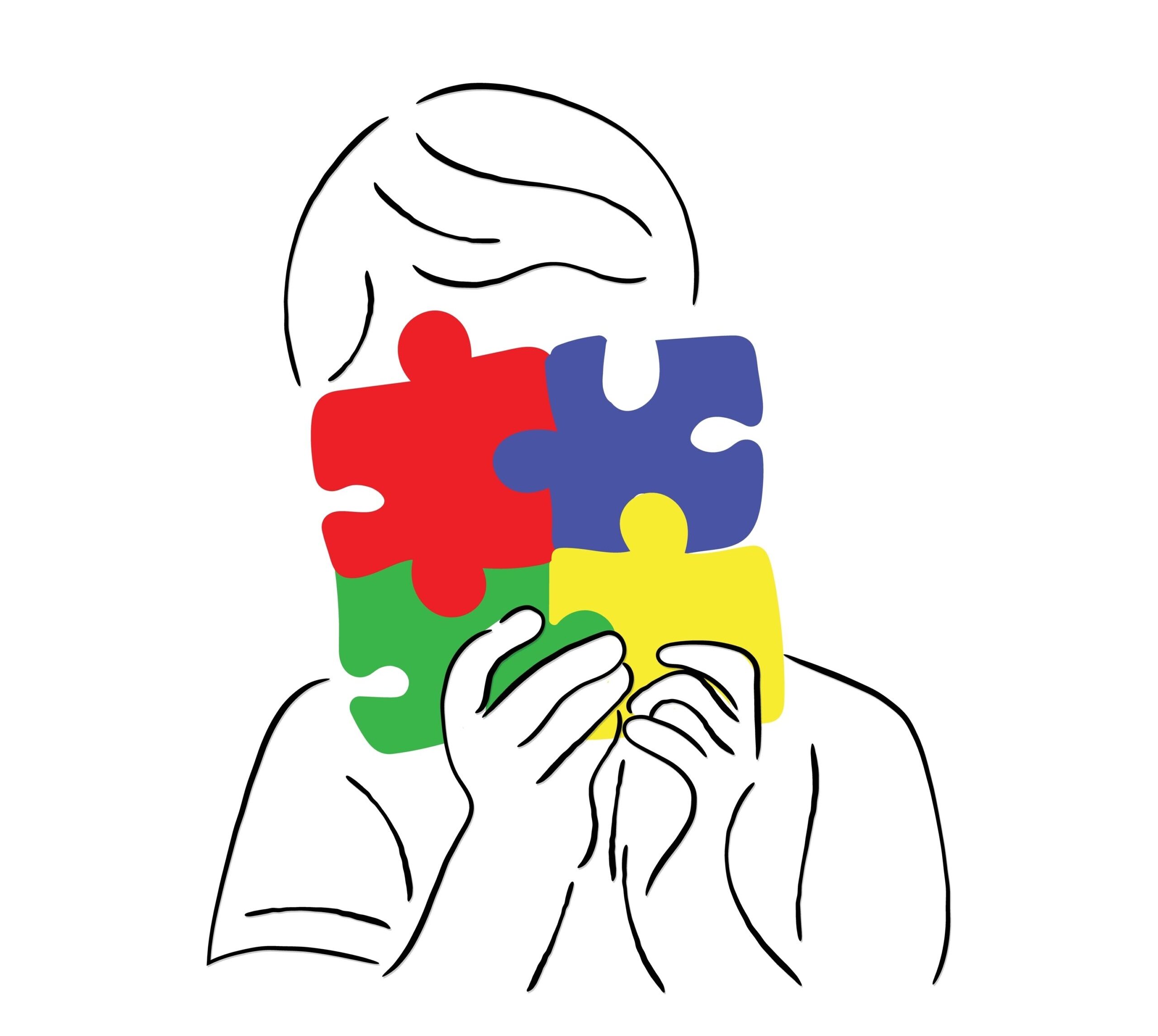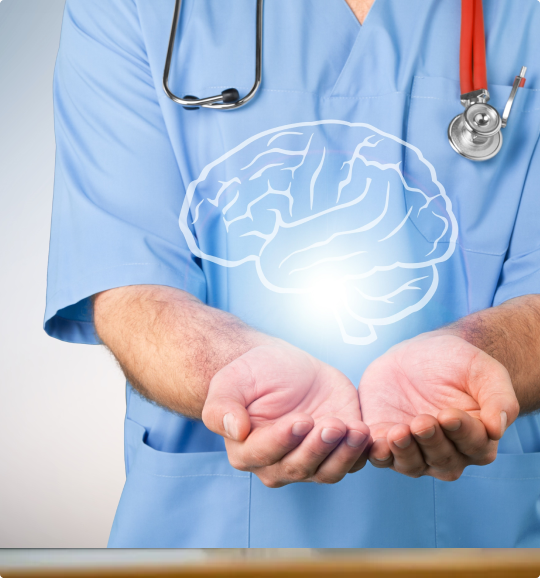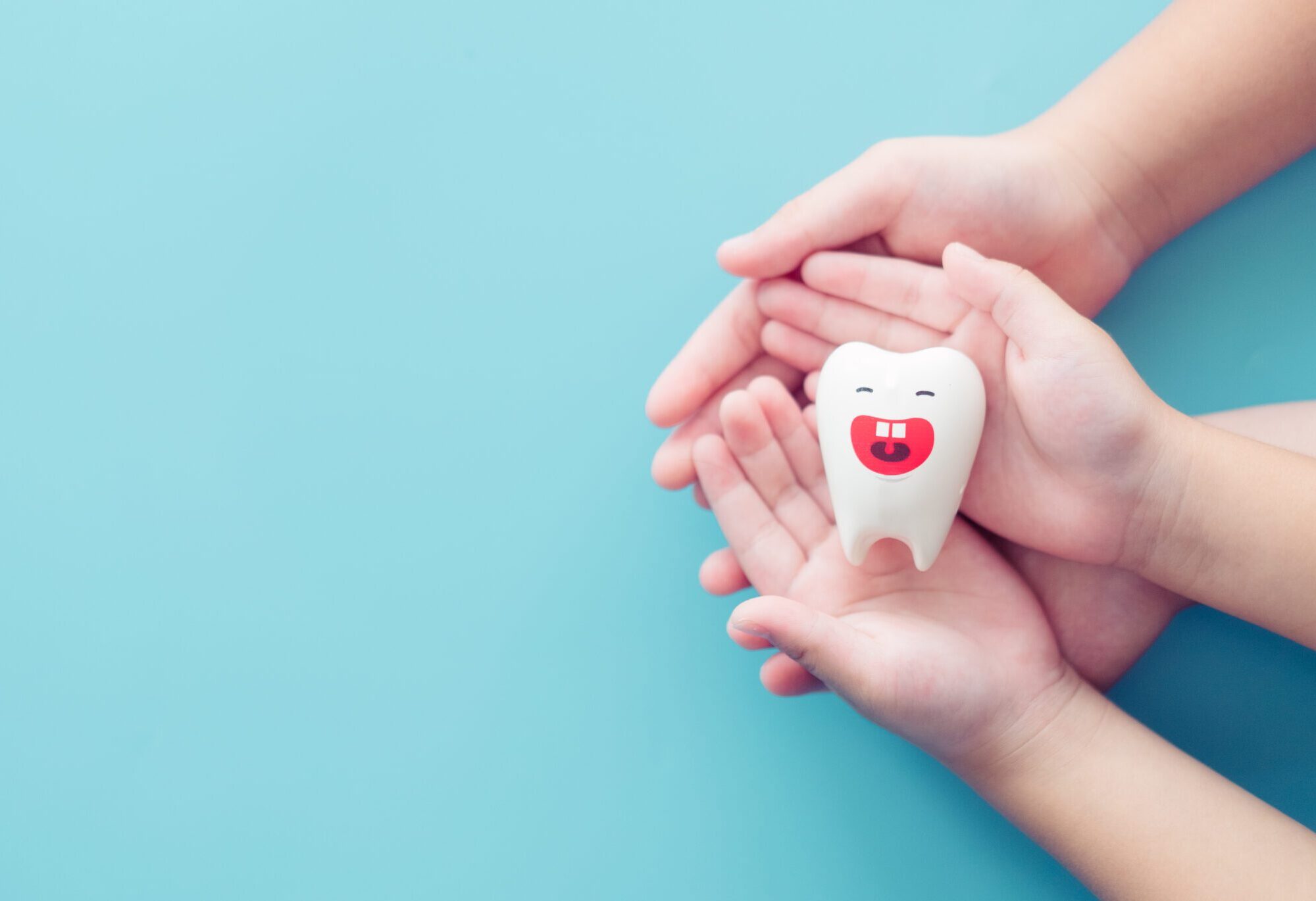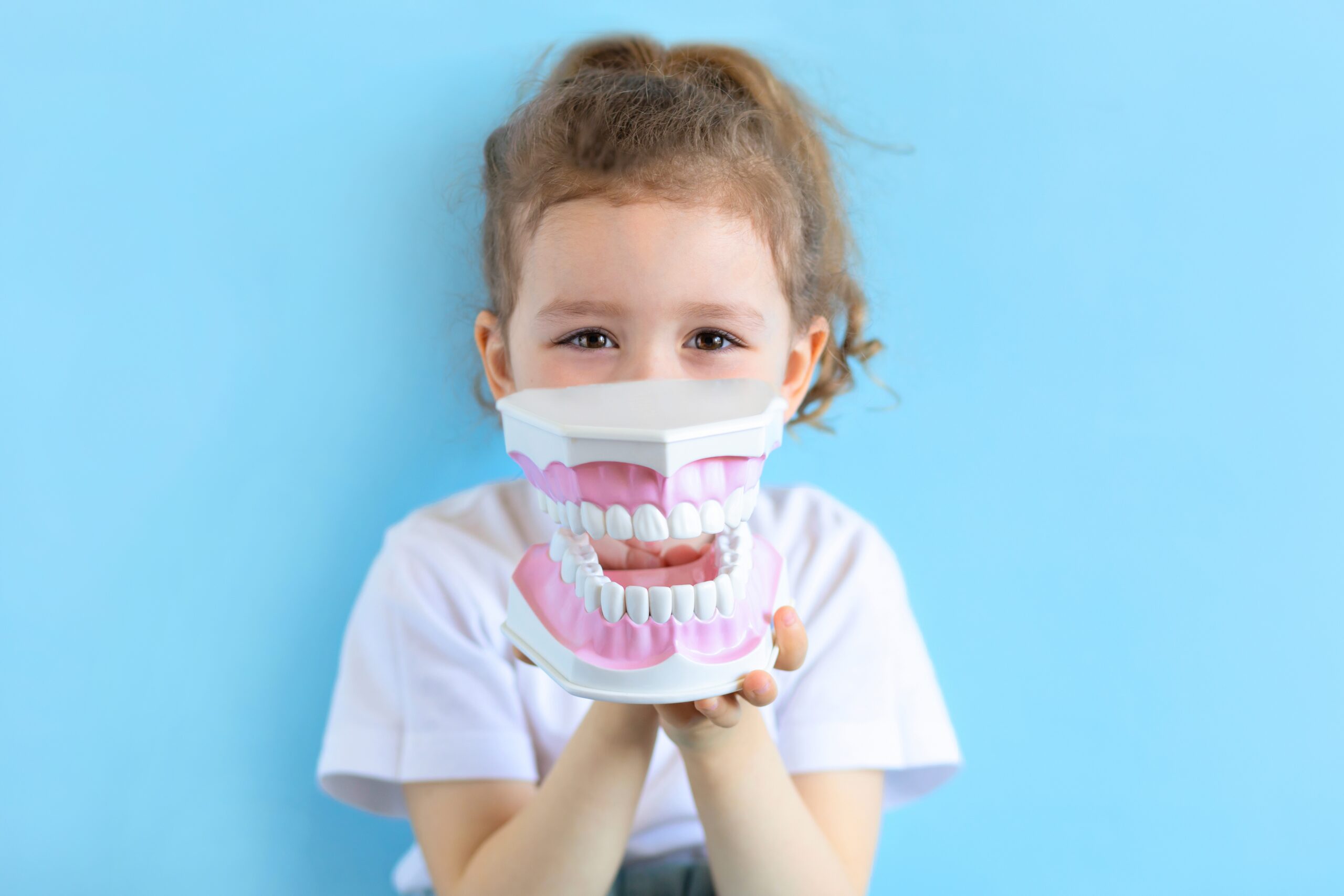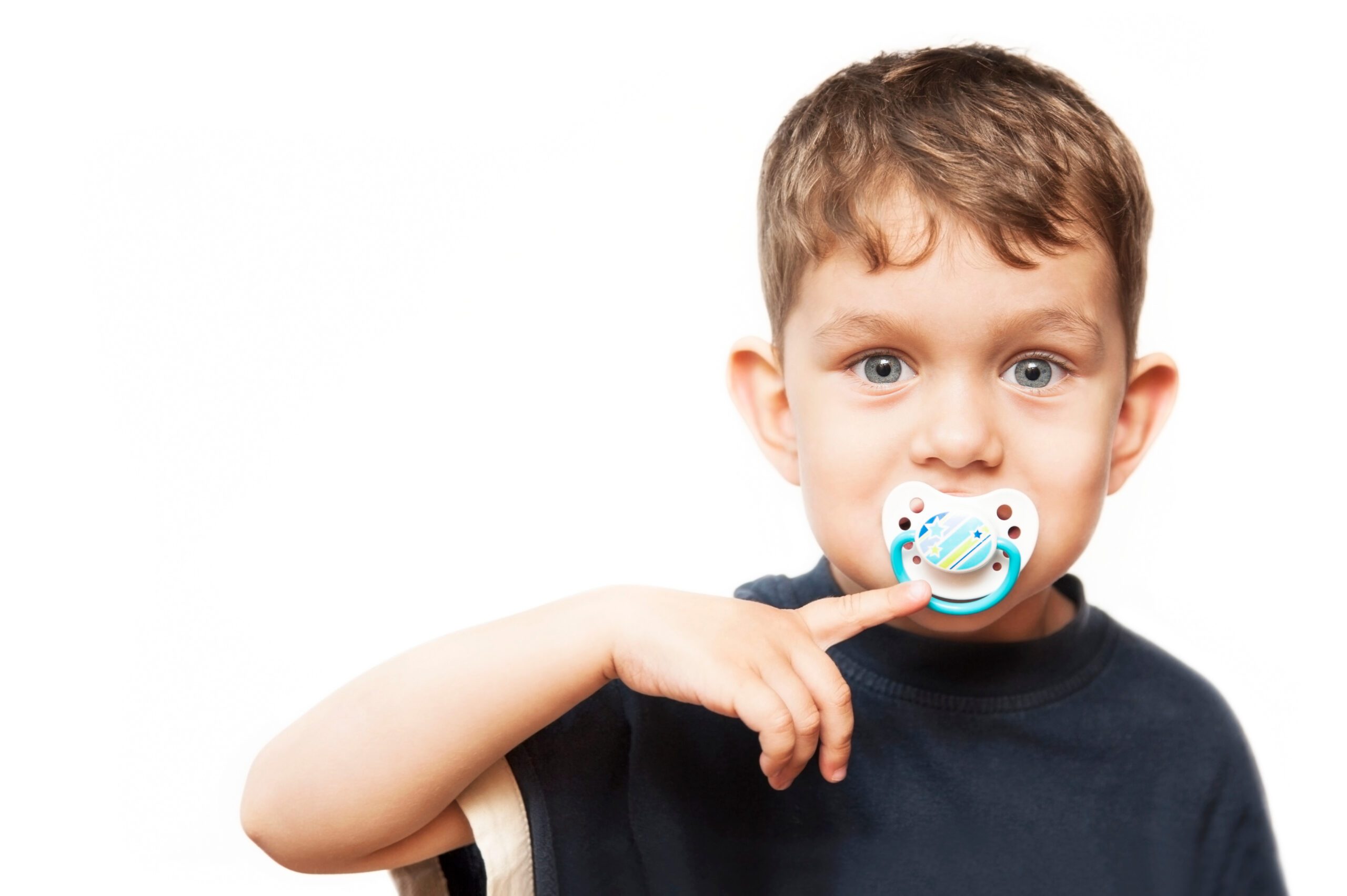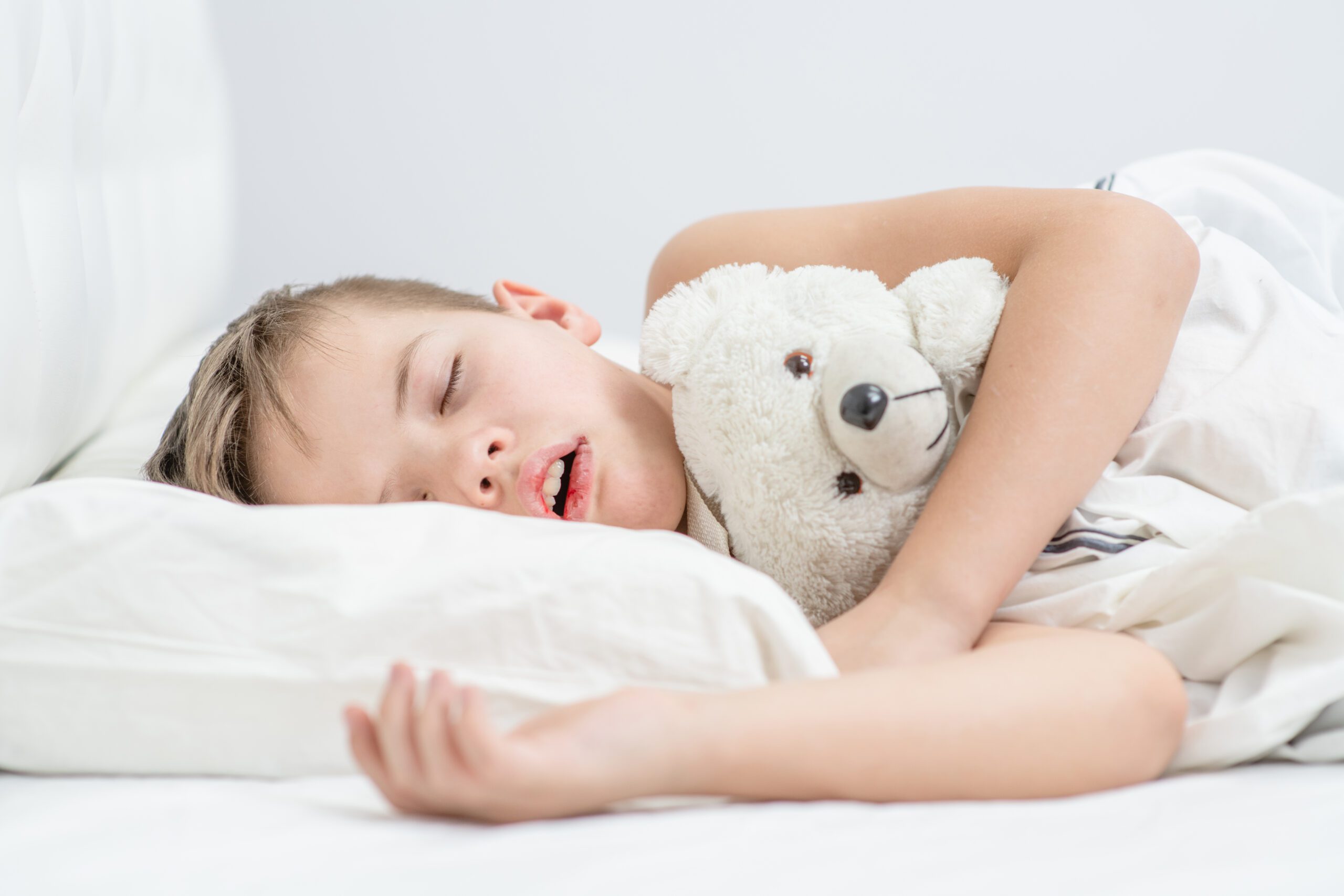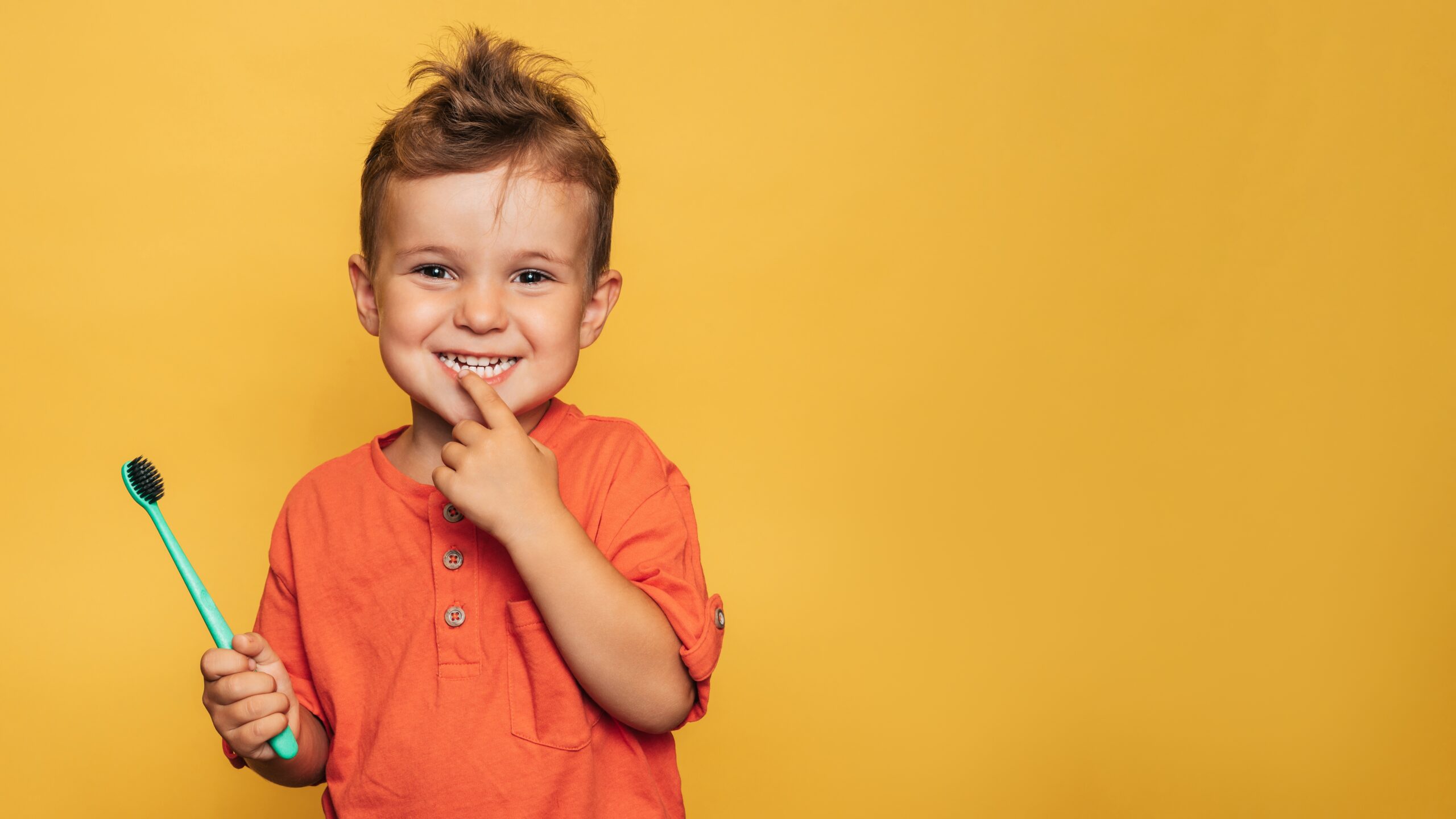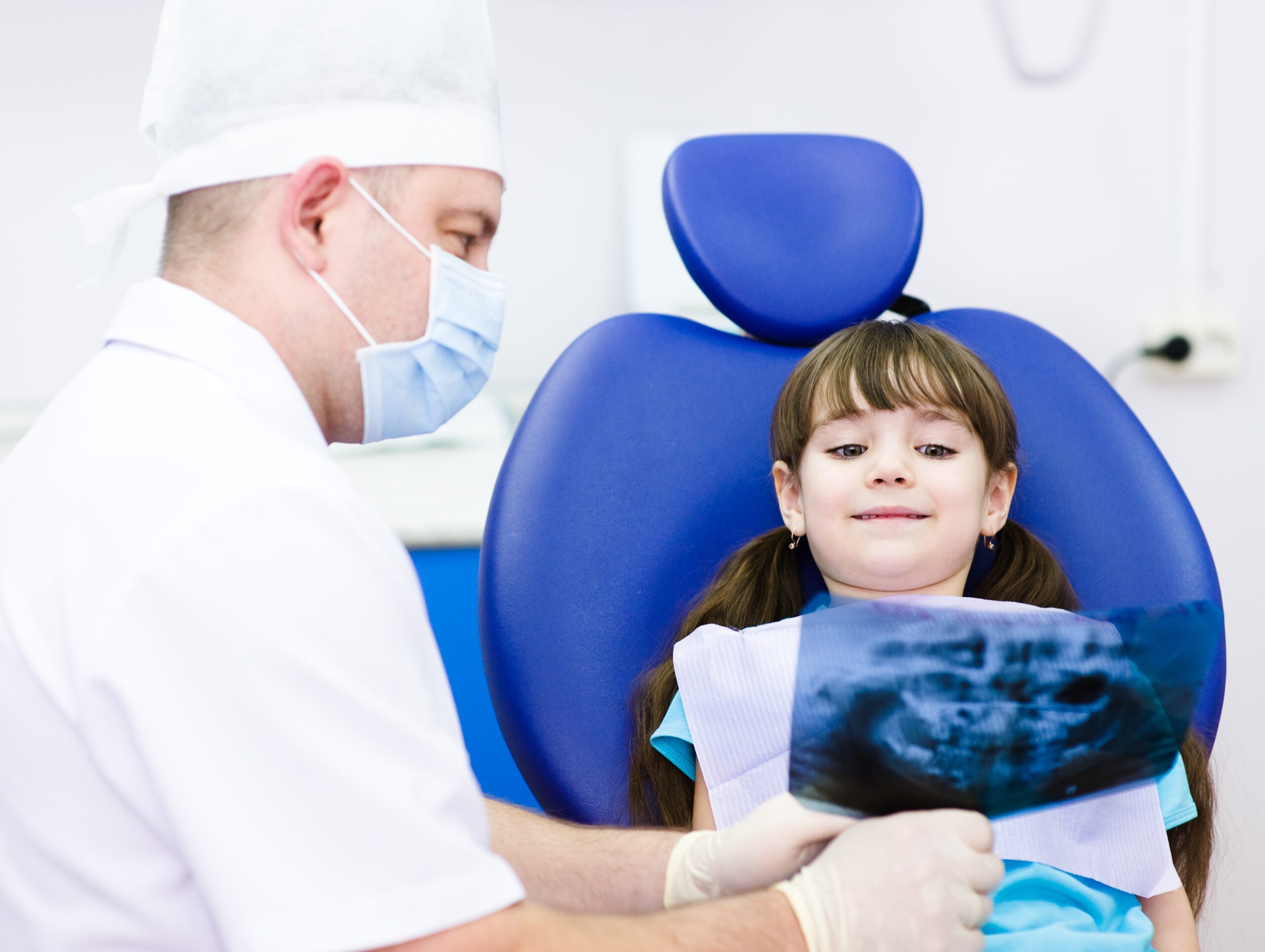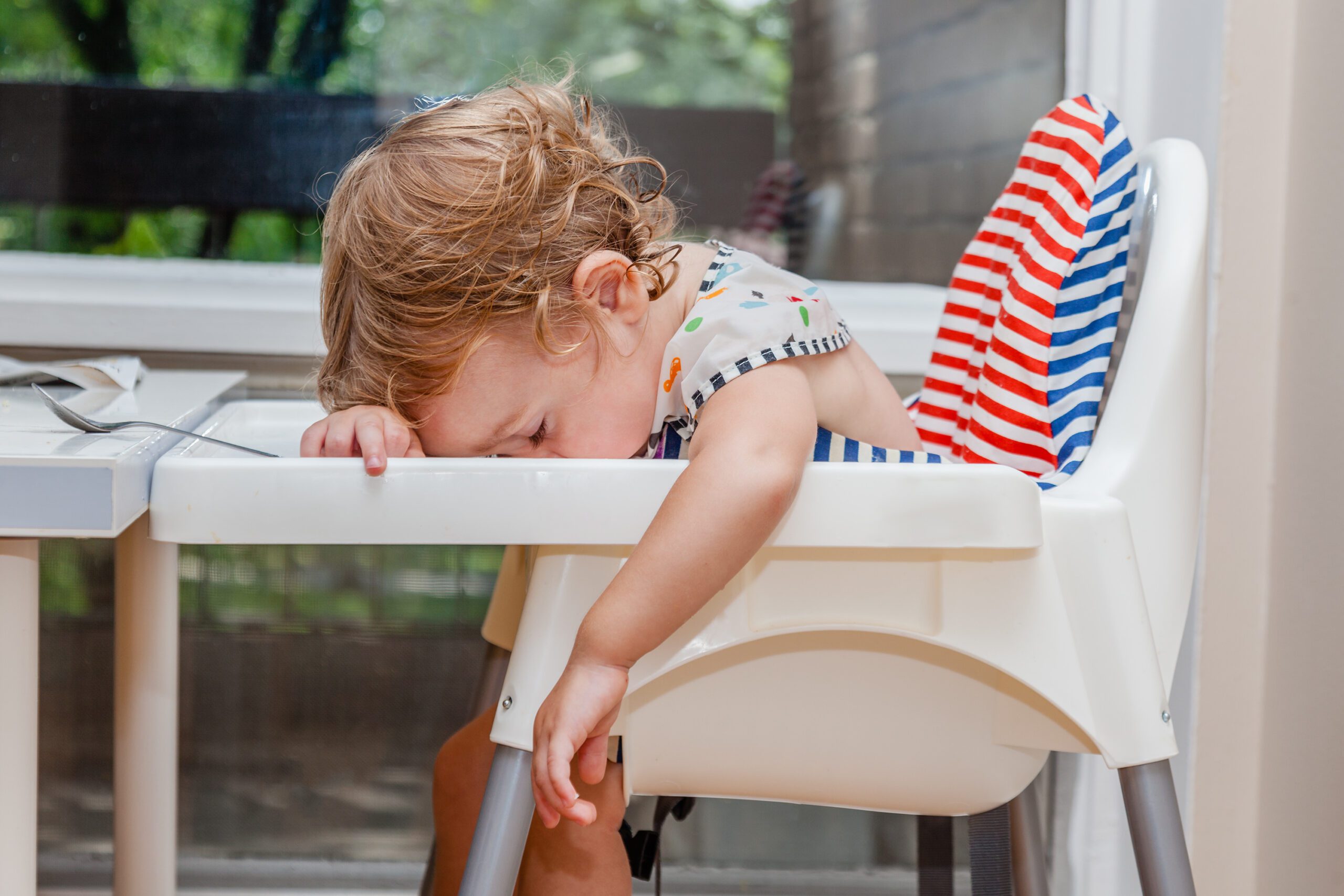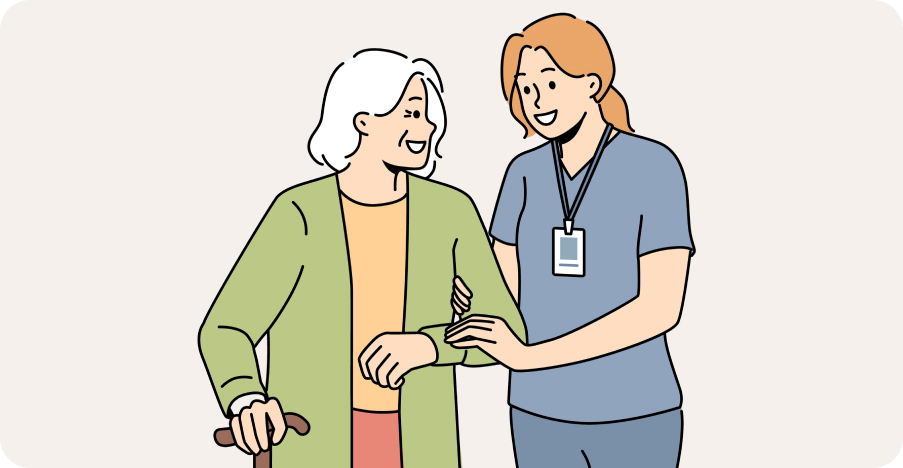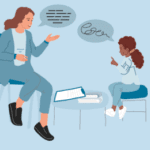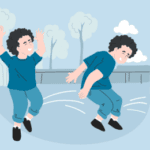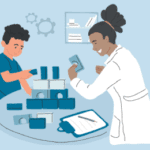
Neurological Balance and Medical Disorders
- Seizure Disorders in Children: Symptoms, Diagnosis, and Therapy
- Tourette Syndrome in Children: Symptoms, Diagnosis & Therapy Options
- Substance Use Disorders in Youth: Effects, Signs & Therapy Support
- Cerebral Palsy in Children: Symptoms, Types & Therapy Support
- Pediatric TBI & Concussions: Symptoms, Recovery & Therapy Support
- Pediatric Migraines: Symptoms, Triggers & Therapy Support
- Ehlers-Danlos Syndrome in Children: Symptoms, Types & Therapy Support
- BPPV: Causes, Symptoms & Treatment with Physical Therapy
- Vestibular Disorders: Symptoms, Causes & Therapy Support for All Ages
- Parkinson’s Disease: Symptoms, Treatment & Therapy Support
- Post-Stroke Rehab & CVA Recovery: Find Therapists for Stroke Rehabilitation
- Ataxia: Causes, Symptoms & Rehab Therapies
- Peripheral Neuropathy: Causes, Symptoms & Rehab
- Delayed Motor Milestones in Children | Early Signs, Causes & Therapy
- Hypotonia (Low Muscle Tone) in Children: Symptoms, Causes & Therapy
- Spina Bifida in Children: Types, Symptoms & Therapy Options
- Tic Disorders in Children: Symptoms, Types & Therapy Support
- Down Syndrome
Vestibular Disorders: Symptoms, Causes & Therapy Support for All Ages

Authored by: The DrSensory Editorial Team
Reviewed by: 🛡️ DrSensory Clinical Review Board
Last updated: June 2025
Vestibular Disorders in Children and Adults: Symptoms, Causes & Therapy Solutions
What Are Vestibular Disorders?
Vestibular disorders are conditions that affect the inner ear and brain areas that control balance and spatial orientation. These disorders can lead to symptoms such as dizziness, vertigo, balance issues, and visual disturbances, significantly impacting daily functioning at any age.
While vestibular issues are often associated with older adults, children and teens can also experience them—especially following concussions, ear infections, or developmental delays.
How the Vestibular System Works
The vestibular system includes:
- Inner ear structures: semicircular canals, utricle, and saccule
- Cranial nerve VIII (vestibulocochlear nerve)
- Brainstem and cerebellum for sensory integration and coordination
This system sends information to the brain about head position, motion, and balance. When disrupted, it can lead to confusion between sensory inputs (vision, proprioception, and vestibular input).
Common Vestibular Disorders
Vestibular conditions vary by age, cause, and severity. Some of the most common include:
Benign Paroxysmal Positional Vertigo (BPPV)
- Sudden dizziness or spinning when changing head positions
- Most common in adults, but also seen post-concussion in children
Vestibular Neuritis & Labyrinthitis
- Caused by viral infection
- Leads to severe vertigo, nausea, and imbalance
Meniere’s Disease
- Episodes of vertigo, hearing loss, and tinnitus
- Typically seen in adults but may affect adolescents
Vestibular Migraine
- Migraine-related dizziness and visual auras
- Common in teens and adults with a migraine history
Persistent Postural-Perceptual Dizziness (PPPD)
- Chronic dizziness worsened by complex environments (e.g., malls, screens)
Pediatric Vestibular Disorders
- Often missed or misdiagnosed
- Associated with delayed motor milestones, balance concerns, and anxiety
Signs and Symptoms of Vestibular Disorders
Symptoms may be episodic or constant, and vary by condition and age group.
In Adults
- Vertigo or dizziness
- Imbalance or unsteadiness
- Nausea, motion sensitivity
- Blurred or bouncing vision (oscillopsia)
- Anxiety or disorientation in busy environments
In Children
- Frequent falls or clumsiness
- Fear of movement (e.g., swinging, climbing)
- Delayed gross motor milestones
- Car sickness or screen sensitivity
- Difficulty focusing visually or tracking objects
Vestibular dysfunction in children may present as developmental delays rather than classic vertigo.
What Causes Vestibular Disorders?
- Causes may include:
- Inner ear infections
- Concussions or traumatic brain injury
- Autoimmune inner ear disease
- Aging-related degeneration
- Genetic disorders
- Migraines
- Prolonged inactivity
- Unknown/idiopathic causes
Diagnosing Vestibular Disorders
Diagnosis may involve:
- Clinical vestibular assessment by a trained PT or ENT
- Videonystagmography (VNG)
- Rotary chair tests
- Posturography
- Audiological testing
- Pediatric evaluations often include motor skills and developmental screening
Early identification is key, especially in children, where symptoms may be subtle.
Therapy for Vestibular Disorders
Rehabilitation is highly effective for managing vestibular disorders. Therapy aims to improve balance, reduce symptoms, and restore confidence in movement.
Physical Therapy (Vestibular Rehabilitation Therapy – VRT)
- Customized balance and movement exercises
- Gaze stabilization (VOR training)
- Canalith repositioning maneuvers (e.g., Epley, Semont for BPPV)
- Fall prevention programs
Occupational Therapy (OT)
- Sensory integration for visual/vestibular processing issues
- Support for daily activity tolerance and visual fatigue
- Vestibular input modulation in pediatric cases
Multidisciplinary Support
- Coordination with audiologists, neurologists, and developmental pediatricians
- School-based accommodations for children with vestibular dysfunction
How DrSensory Helps You Get Support
Whether you’re a parent concerned about your child’s clumsiness or an adult struggling with dizziness and imbalance, DrSensory helps connect you to trusted, licensed therapists:
- Search by therapy type: Physical Therapy, Occupational Therapy
- View clinician specialties, experience with vestibular care
- Filter by age group, in-person vs. virtual, and location
- Read verified therapist profiles and contact them directly
Frequently Asked Questions (FAQ)
Can children have vestibular disorders?
Yes. Though less frequently diagnosed, children can develop vestibular disorders due to concussions, ear infections, developmental differences, or genetic conditions. Pediatric therapists trained in vestibular rehab can help.
Do vestibular disorders go away on their own?
Some conditions like BPPV can resolve spontaneously, but many require vestibular rehabilitation for full recovery and to prevent chronic symptoms or recurrence.
What’s the difference between dizziness and vertigo?
Dizziness is a general feeling of lightheadedness or imbalance. Vertigo is a specific sensation that you or the room is spinning, often linked directly to vestibular dysfunction.
How long does vestibular therapy take?
Recovery depends on the condition. BPPV may resolve in 1–3 sessions, while conditions like vestibular neuritis or PPPD may take weeks to months of structured therapy.
Can a physical therapist diagnose vestibular disorders?
Yes. Many vestibular-trained PTs can perform diagnostic maneuvers and assessments to identify the cause of dizziness and create personalized treatment plans.
Is vestibular therapy covered by insurance?
Often, yes. Vestibular rehab is typically covered under physical therapy benefits in most insurance plans. Check with your provider or the therapist for confirmation.
This page provides general educational content and is not a substitute for professional medical advice. Always consult a licensed provider for diagnosis and treatment.
View privacy policy, copyright and trust info
More on Neurological Balance and Medical Disorders

- Seizure Disorders in Children: Symptoms, Diagnosis, and Therapy
- Tourette Syndrome in Children: Symptoms, Diagnosis & Therapy Options
- Substance Use Disorders in Youth: Effects, Signs & Therapy Support
- Cerebral Palsy in Children: Symptoms, Types & Therapy Support
- Pediatric TBI & Concussions: Symptoms, Recovery & Therapy Support
- Pediatric Migraines: Symptoms, Triggers & Therapy Support
- Ehlers-Danlos Syndrome in Children: Symptoms, Types & Therapy Support
- BPPV: Causes, Symptoms & Treatment with Physical Therapy
- Vestibular Disorders: Symptoms, Causes & Therapy Support for All Ages
- Parkinson’s Disease: Symptoms, Treatment & Therapy Support
- Post-Stroke Rehab & CVA Recovery: Find Therapists for Stroke Rehabilitation
- Ataxia: Causes, Symptoms & Rehab Therapies
- Peripheral Neuropathy: Causes, Symptoms & Rehab
- Delayed Motor Milestones in Children | Early Signs, Causes & Therapy
- Hypotonia (Low Muscle Tone) in Children: Symptoms, Causes & Therapy
- Spina Bifida in Children: Types, Symptoms & Therapy Options
- Tic Disorders in Children: Symptoms, Types & Therapy Support
- Down Syndrome
Find a Therapist near you
Are you looking for a physical, occupational, or speech therapist in your area?
Look no further than the DrSensory Therapist Database and Clinic Directory!
Find a Therapist
Find the physical therapist, occupational therapist, or speech language pathologist you’re looking for!
Ask Us Anything
Whether you are looking for advice, have a general question about sensory processing, or looking for resources.
Submit Your Story
Share your story about your child. Let’s celebrate milestones and learn more about challenges.




































